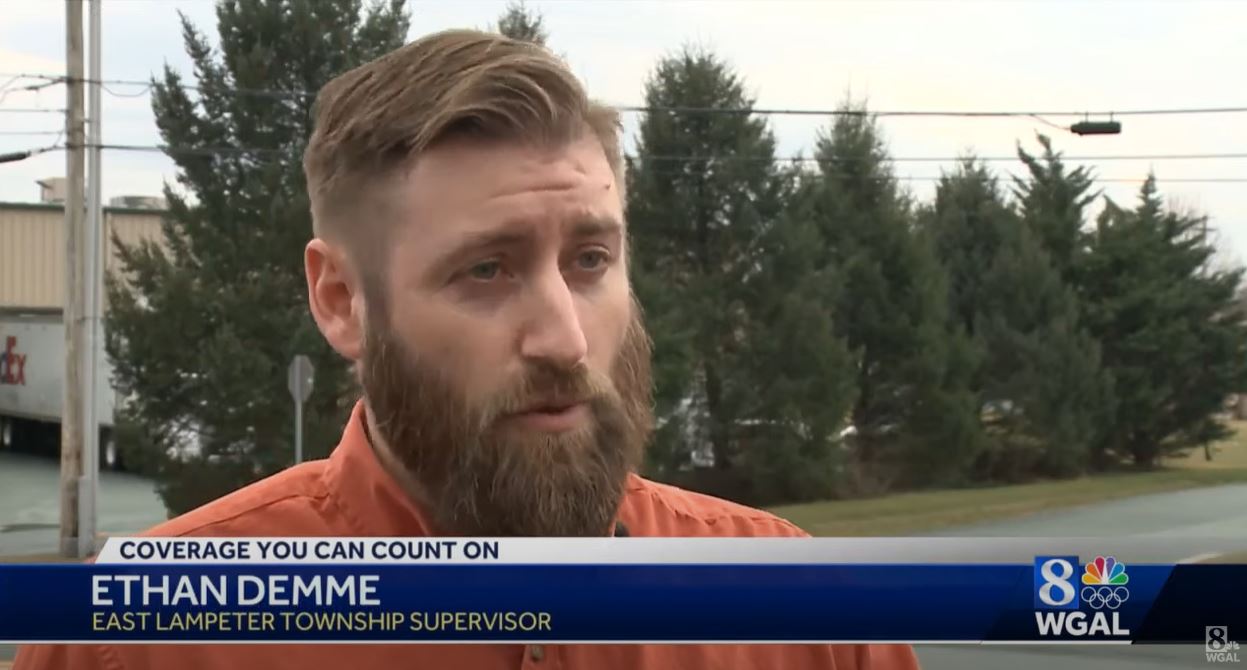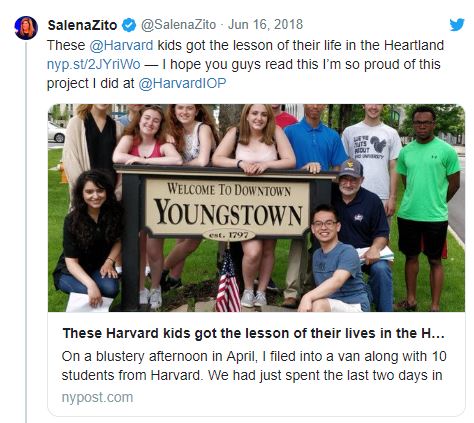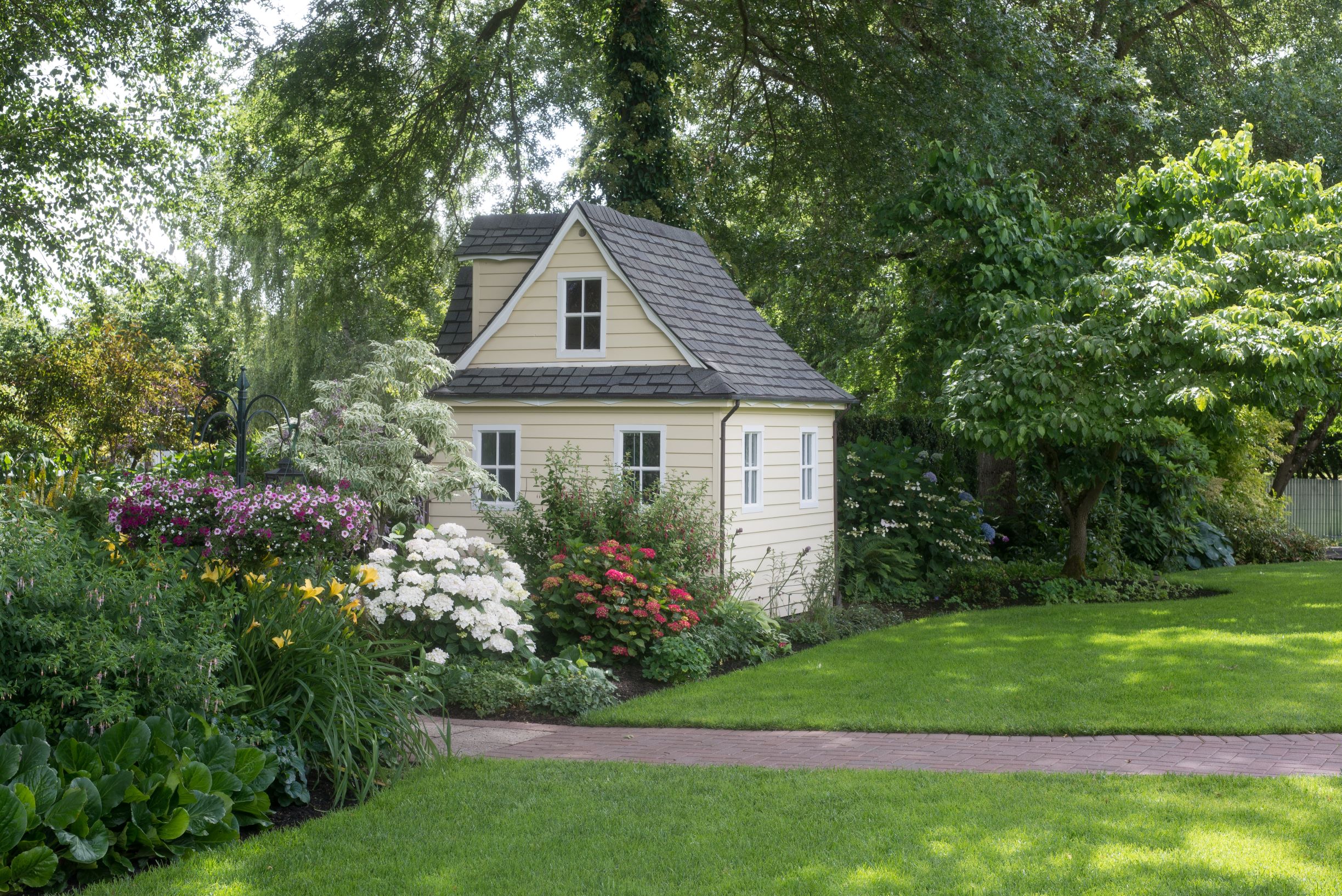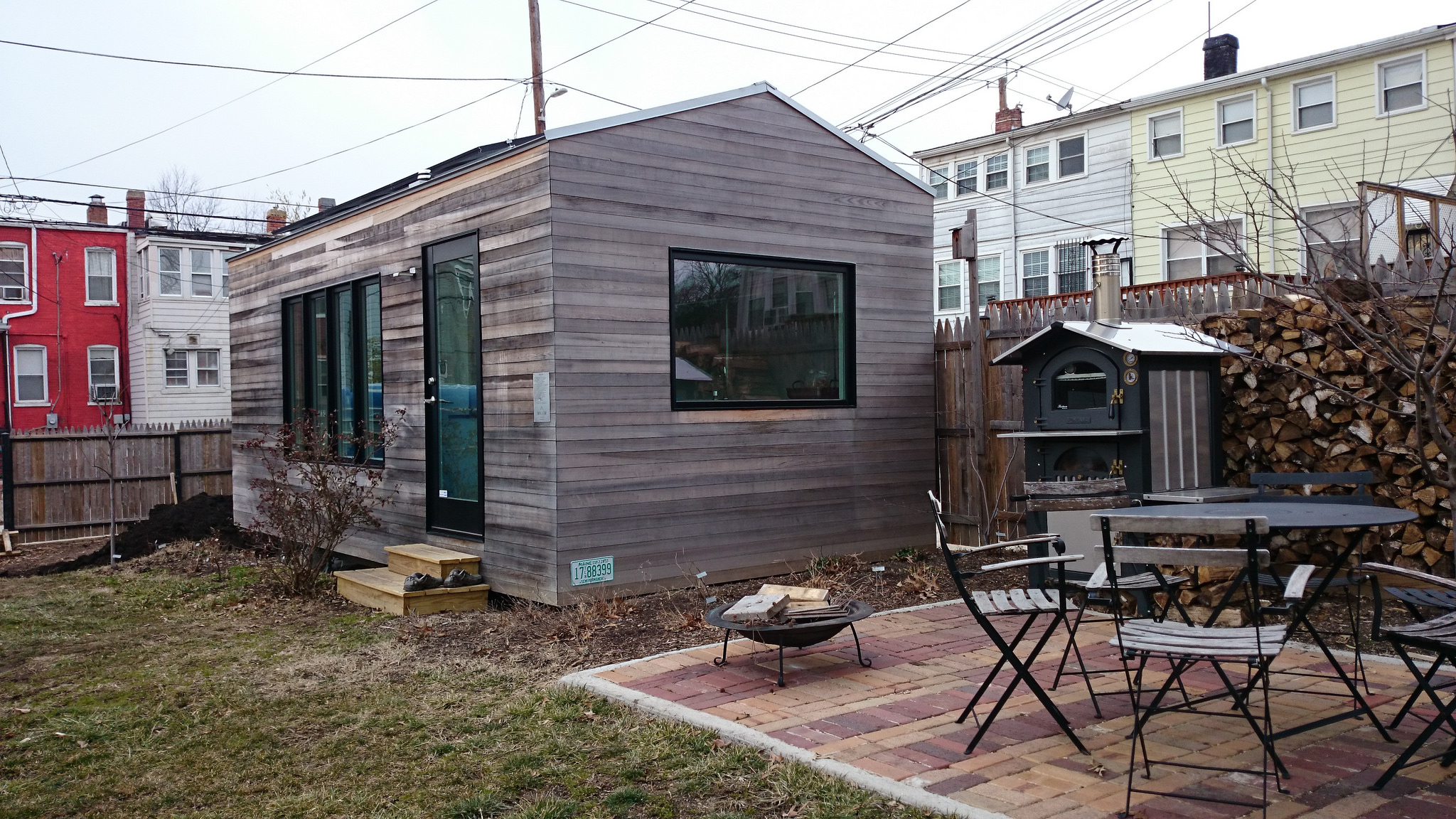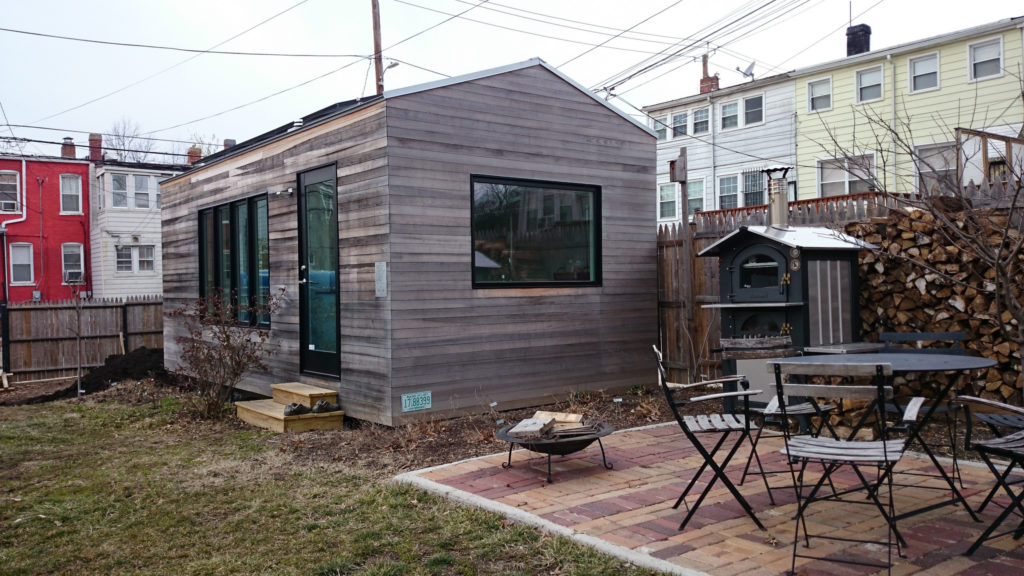I had the pleasure of joining Matt Brouillette on the Commonwealth Partners Brews & Views podcast to talk about local politics.Â
As former U.S. House Speaker Tip O’Neil famously said, all politics is local. In this episode, entrepreneur and East Lampeter Township Supervisor Ethan Demme takes a hyper-local look at how local governments can foster—or hinder—economic growth and opportunity. Particularly, Ethan explained the commonsense principle that people should have the freedom to use their own property to earn income.

